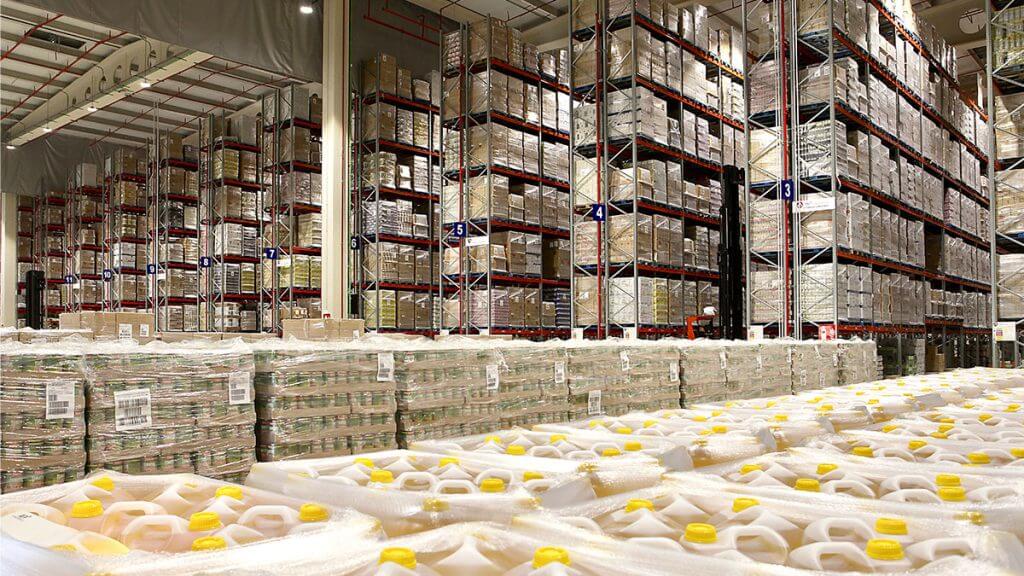Below is a comprehensive guide on shipping perishable goods from China, complete with practical steps, regulatory pointers, and packaging tips to help protect your cargo throughout its journey.
1. Understand the Basics of Perishable Shipping
Perishable goods require extra care because they can spoil or deteriorate if exposed to inadequate temperatures, delays, or poor handling. Whether you’re dealing with fresh produce, dairy products, meat, or even delicate baked goods, knowing the risks and necessary precautions is key. Special shipping guidelines exist to maintain product freshness, comply with international food safety regulations, and prevent costly spoilage or waste.
2. Pre-Shipment Preparations and Documentation
Before your goods leave China, ensure you have completed the following:
- Regulatory Reviews: Verify that your product complies with both Chinese export regulations and the import regulations of the destination country. Some nations have strict sanitary requirements, certifications, or product classifications, meaning that obtaining the appropriate health certificates, export permits, and other regulatory documents is essential. This may include obtaining a trader’s licence or other approvals from Chinese authorities or your destination country’s regulatory bodies.
- Documentation: Prepare all required documents, such as a commercial invoice, packing list, certificate of origin, and relevant health or quality certifications. Non-compliance with these documentation requirements can result in delays, increased costs, or even cargo destruction at customs.
- Pre-cooling and Quality Check: For many perishables, a pre-cooling process to bring the product to the required shipping temperature is critical. This step helps maintain the cold chain right from the point of origin.
3. Packaging and Handling Best Practices
Proper packaging is the first line of defense against spoilage. Here are some best practices:
- Insulated Containers and Cold Packaging Materials: Use insulated boxes, gel packs, dry ice, or refrigerated containers as needed. The goal is to maintain a consistent temperature throughout the journey. For instance, products like seafood or dairy often require strict temperature control to prevent bacterial growth2.
- Sealing and Protection: Wrap items individually and seal them in moisture-proof materials. Protect the packaged goods with sufficient padding (bubble wrap, foam inserts, or packing peanuts) to minimize movement and reduce the risk of physical damage. Sturdy, new corrugated boxes are recommended for extra protection, and sealing all seams with high-quality packing tape is essential.
- Preventing Cross-Contamination: Ensure that different types of perishables (or perishables with non-perishable items) are separated appropriately. This precaution helps avoid cross-contamination and maintains the integrity and safety of your product.
4. Choosing the Right Logistics Partner
Shipping perishables is challenging, which is why partnering with a logistics provider experienced in temperature-controlled shipping is a must. Consider the following when selecting a partner:
- Specialized Services: Look for carriers that offer specialized services for perishable items. Companies like DHL, UPS, and others provide tailored solutions with tracking systems specifically designed for temperature-sensitive shipments3.
- Cold Chain Expertise: Ensure that your logistics partner has robust cold chain management practices, including temperature monitoring and rapid response protocols to handle delays or temperature excursions.
- Tracking and Communication: Real-time tracking is critical. Confirm that your carrier offers detailed tracking systems so you can monitor your shipment’s progress and intervene quickly if there’s an issue.
5. Maintaining the Cold Chain Throughout Transit
A continuous cold chain is imperative to preserve product quality:
- Temperature Control: Use digital temperature loggers in your shipment to record and monitor the temperature during transit. Consistent low temperatures help reduce spoilage risks, especially during long haul journeys.
- Route and Timing Considerations: Plan shipping routes and transit times carefully. Shorter routes or faster transit options (like air freight) are preferable for ultra-perishable items. If delays are likely, build in extra insulation or consider using advanced refrigerated containers to mitigate risks.
- Contingency Planning: Discuss contingency measures with your logistics provider in advance. Having backup plans for unforeseen delays or equipment failures can prevent significant losses and maintain product safety.
6. Regulatory Compliance and Customs Clearance
Smooth customs clearance is essential to avoid delays that could threaten your perishable goods:
- Know the Import Requirements: Check the destination country’s import guidelines. Some nations have specific quarantine, inspection, or labeling requirements for perishable items. Missing even one detail can lead to the rejection or destruction of the shipment.
- Collaboration with Freight Forwarders: Work closely with freight forwarders or customs brokers who are experienced in handling perishable goods. They can help prepare the necessary paperwork and ensure that the shipment complies with all local and international regulations.
- Regular Updates: International regulations can change. Regularly review and update your knowledge of both Chinese export rules and destination import regulations to remain compliant.
7. Additional Practical Tips and Risk Management
- Plan for Delays: Given that shipping delays are inevitable sometimes, especially with perishable items, allow for extra time for customs clearance and transit. This may mean using expedited shipping services when possible.
- Educate Your Team: Ensure that everyone involved—from packaging staff to logistics coordinators—is aware of the specific requirements for your perishable goods. Training on handling and emergency measures can prevent avoidable errors.
- Insurance: Consider specialized insurance that covers the risks associated with perishable goods. This can protect against losses from spoilage or transit delays.
Conclusion
Shipping perishable goods from China successfully requires an in-depth understanding of regulatory requirements, meticulous packaging and handling, robust cold chain management, and a reliable logistics partner. By following these guidelines, you can reduce spoilage risk, ensure product quality, and enjoy a smoother shipping experience. With the right preparations and continuous monitoring, the challenges of logistics become manageable, turning potential pitfalls into a streamlined process.
Embracing these detailed strategies not only preserves your product’s integrity but also builds trust with international partners. For further insights, you might explore more advanced cold chain technologies, emerging packaging innovations, or dive deeper into case studies from other exporters who have mastered perishables shipping.
Would you like more details on any particular section, such as specific packaging materials or technology options for temperature monitoring?

